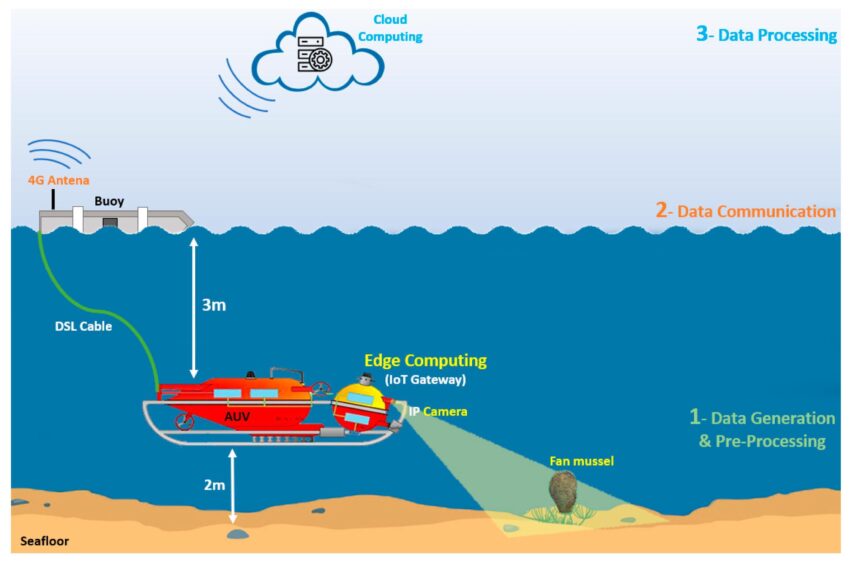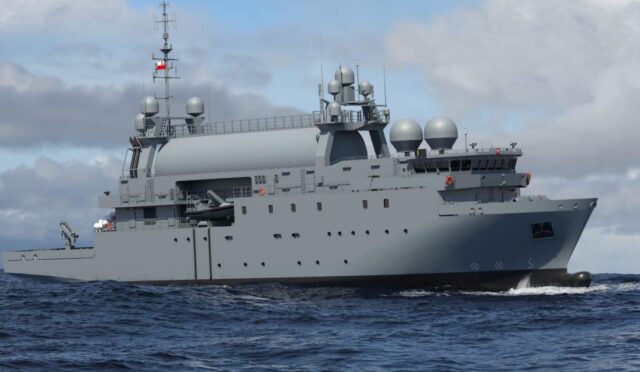AI Underwater Surveillance System Enhances Naval Security
Helsing has introduced a groundbreaking artificial intelligence (AI) underwater surveillance system aimed at enhancing naval security by detecting threats that emit low acoustic signatures, including stealth submarines. The system integrates the SG-1 Fathom autonomous underwater glider with the advanced Lura software platform. According to the Munich-based company, the Lura software can classify and localize naval acoustic signatures that are ten times quieter than those detectable by existing AI models, enabling faster identification of specific vessels within the same class compared to human operators.
“Lura detects so our navies can deter. We must harness new technologies to keep pace with the threats against our critical infrastructure, national waters, and way of life,” stated Gundbert Scherf, co-founder and co-CEO of Helsing. He emphasized the necessity of deploying AI in underwater operations, claiming it will significantly enhance maritime awareness and deter potential adversaries, ultimately contributing to a robust European security framework.
Advanced Features of the SG-1 Fathom Glider
The Lura software operates in conjunction with the SG-1 Fathom glider, a sophisticated vessel capable of conducting extended underwater patrols. This glider measures nearly 2 meters in length and can maintain operations for up to three months without the need for a surface presence. It boasts a maximum speed of approximately 3 knots (about 5.5 kilometers per hour) and can function effectively at depths reaching up to 1,000 meters, making it a formidable asset for naval surveillance.
Since the sabotage of the Nord Stream pipeline in 2022, the importance of underwater surveillance has surged. Helsing’s system is designed for mass deployment, enabling real-time autonomous detection, classification, and reporting of underwater threats. By allowing a single operator to oversee hundreds of AI-equipped gliders from a maritime headquarters, this technology significantly reduces the costs associated with traditional manned anti-submarine patrols.
A New Approach to Underwater Defense
“To protect ourselves from escalating threats, particularly those appearing underwater, we must shift our defense strategies,” explained Amelia Gould, general manager of Helsing Maritime. She reflected on the UK’s rich history of maritime innovation and stressed the need for ongoing advancements in the face of evolving threats. Gould believes that systems like the Lura and SG-1 will establish a dynamic mission cycle, allowing defense operations to learn and adapt after each deployment.
This innovative approach positions Helsing’s AI capabilities as a vital component of modern naval defense, enabling rapid response to threats. The company aims to transform underwater defense into a process that evolves with every engagement, effectively ensuring readiness in a complex security landscape.







